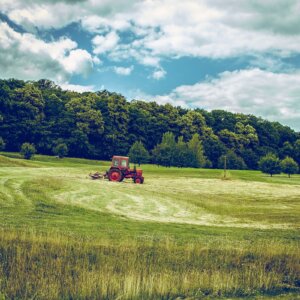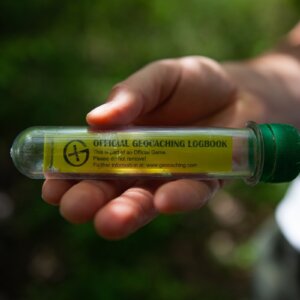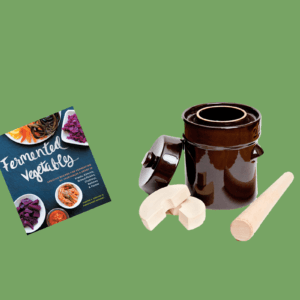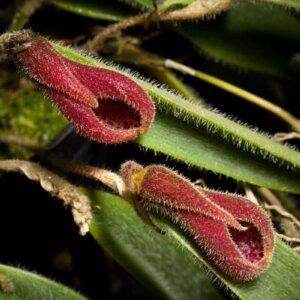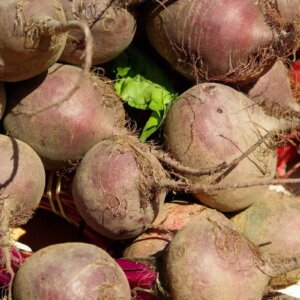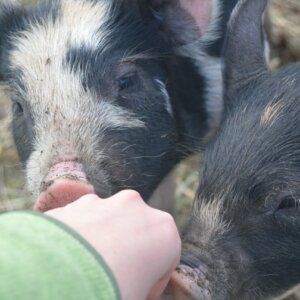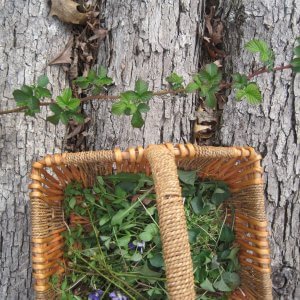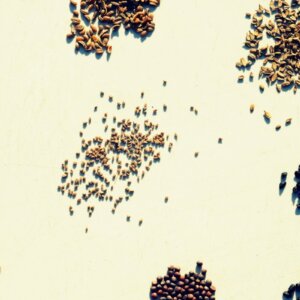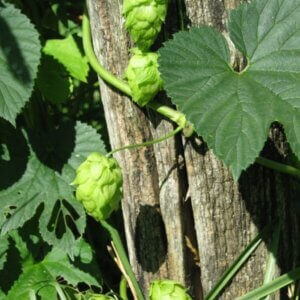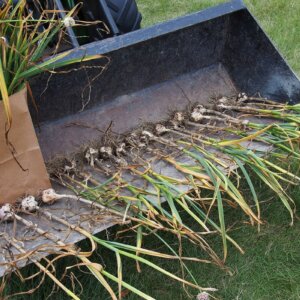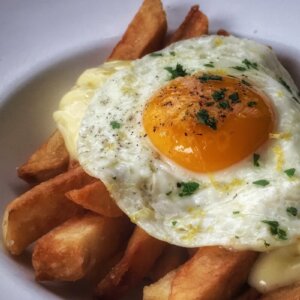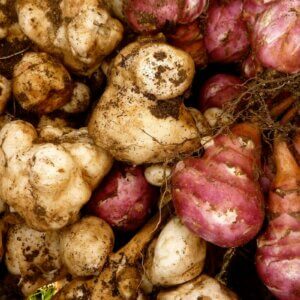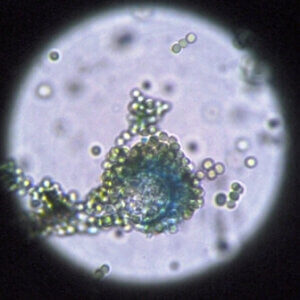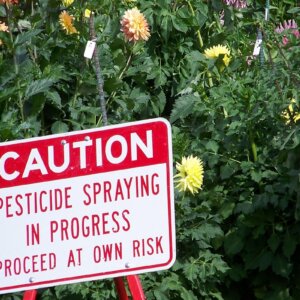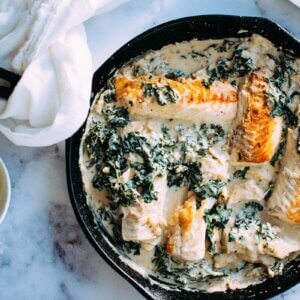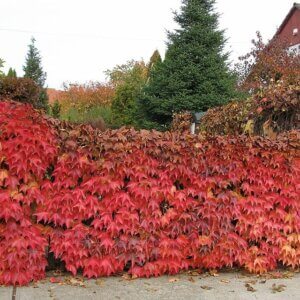
- Purpose: Dual-Purpose
- Eggs: Brown
- Egg Size: Large
- Color: Blue, Black, White, Red
- Comb Type: Rose Comb
With an array of beautiful colorations and a hardy, self-sufficient nature, it’s no wonder why the all-American Wyandotte is such a popular chicken breed. With a reputation as both a large, meaty bird and a layer of large eggs, this may be just the dual-purpose breed you’ve been looking for.
Wyandottes were created with meat and eggs in mind, and are one of the first dual-purpose breeds ever developed.
Desiring to create a hardy chicken that could provide the average American farmer with food for his table, the breed was developed in the 1870’s and has gained great popularity ever since.
With their thrifty foraging tendencies, curvaceous bodies, and a veritable rainbow of colors to choose from, its no wonder that this lovely bird won such favor!
Characteristics
The beautiful feathering on a Wyandotte hen has both form and function. Hens make good brood mothers, and have enough soft, downy fluff to gently warm eggs–even eggs from other hens. And when it comes to cold weather, Wyandottes take it in stride.
That generous feathering, combined with pert little rose combs, and a generally heavy body make them particularly hardy to chilly temperatures.
Personality-wise, Wyandottes are generally docile birds, albeit a little standoffish. With my own Wyandottes, I find that they are happy enough to follow me around and walk up for treats, but never happy about being picked up and handled. These chickens would much rather actively forage for their food in your backyard than snuggle on your lap.
Cons
In terms of the flock pecking order, Wyandottes fall somewhere between the top and the middle–certain individuals may be inclined to pick on lower-ranking birds. These tendencies are individually-based, so judge each bird for itself.
Regardless of where they fall in the flock hierarchy, Wyandottes are talkative! Many keepers will find the constant clucking of a Wyandotte hen to be delightful, but the charm may be lost on neighbors who live close to your coop.
The dense feathering of the Wyandotte makes it a good brooder and resistant to cold weather, but it can potentially make mating a tricky endeavor. Some breeders actually trim their wyandottes “butt-fluff” to make the process a bit easier on their roosters.
In addition, that thick layer of feathers make Wyandottes more sensitive to heat than lighter-feathered birds. Be sure to offer your chickens plenty of water, shade, and shelter in the hottest weeks of the summer to help them get through!
What’s the Yield?
These chickens fall to the large side of the weight spectrum, with hens typically reaching 6 pounds and roosters achieving a hefty 8.5 pounds. In keeping with their dual-purpose design, Wyandottes do well as a roast or egg layer. In term of eggs, Wyandottes typically can produce at least 200 large, brown eggs a year.
Wyandotte Facts
When they were first developed, Wyandottes were called “Seabright Cochins,” or “American Seabright.” The name was changed to its current form, deriving from the Wyandotte/Wendat/Huron nation of the New York area.
Pictures Of Wyandotte Chickens
Resources
- Pros & Cons About Keeping Wyandotte Chickens, Types Of Chickens
- Wyandotte Chickens: A Top Backyard Choice, Countryside Daily
- Wyandotte Chicken, The Livestock Conservancy
- Poultry Breeds – Wyandotte Chickens, Oklahoma State University
- Wyandotte, BackYard Chickens
- Silver Laced Wyandotte: Egg Production, Temperament and More…, The Happy Chicken Coop
- Wyandottes, Feathersite
- Wyandotte Chickens, Wyandotte Nation
- Wyandotte Chickens : The Sophia Loren Of The Poultry World, Raising Happy chickens
- Wyandotte, My Pet Chicken







